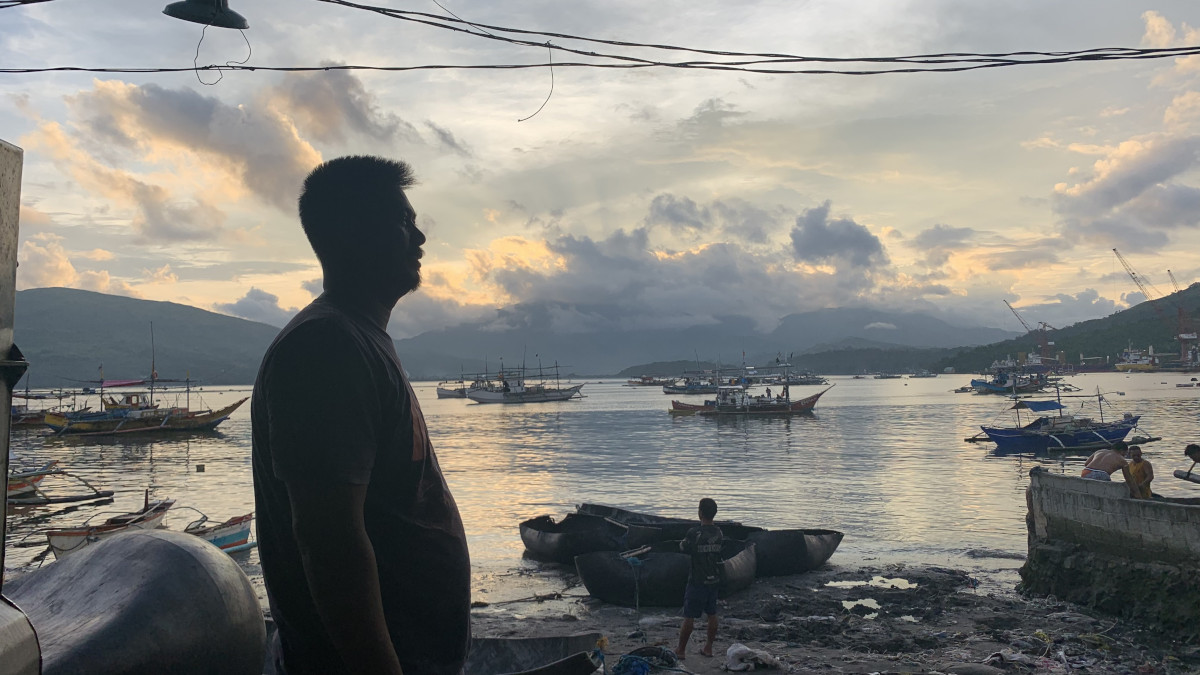
Chinese President Xi Jinping welcomes President Duterte to Beijing, October 2016. Malacanang photo.
One of the good things that President Duterte has done was to rekindle relations with China which reached its lowest ebb during the administration of Benigno Aquino III.
Never mind that during the election campaign, he rode on the anti-China sentiments of most Filipinos fueled by the pro-American leanings of Aquino and his Foreign Secretary, Albert del Rosario.
Remember, a standard in Duterte’s campaign speech was his boast that he will ride on a jet ski to one of the islands in the disputed Spratlys and plant the Philippine flag. He would kiss the flag to dramatize his promise.
Once in Malacanang, he was asked when he was going to jetski to Spratlys and he replied it was a joke. He said he didn’t even know how to swim.
In the guise of independent foreign policy, Duterte didn’t just cozy up to China. He attacked the United States when then President Barack Obama reminded him to respect human rights amid reports of rampant killings in connection with his anti-illegal drugs campaign.
His foreign policy moves can be likened to a pendulum that swung from extreme right to extreme left.
Today marks first year anniversary of the ruling of the Permanent Court of Arbitration in The Hague, Netherlands on the case filed by the Philippines against China on the latter’s activities in the disputed waters of the South China Sea.
China did not participate in the Arbitral Court proceedings.
It was a major victory for the Philippines. The Arbitral Court declared invalid China’s nine-dashed line map which covers some 85 percent of the whole South China which infringes on the economic exclusive zones of other countries namely the Philippines, Vietnam, Malaysia and Brunei.

The Arbitral Court also ruled that China’s artificial islands – rocks that were turned into garrisons through reclamation – in the disputed South China Sea do not generate entitlements under the United Nations Convention on the Law of the Sea such as economic exclusive zone (220 nautical miles from the shore) and extended continental shelf (350 nautical miles).
As to Scarborough or Panatag Shoal,which is within the Philippine EEZ, the Arbitral Court said it’s a traditional fishing ground of Philippine, Chinese, Vietnamese and fishermen of other nationalities and should be maintained as such.
Filipino fishermen had been denied access to the area since April 2012 after a two-month stand off between Chinese and Philippine Coastguards following arrest by a Philippine warship of Chinese fishermen in Scarborough shoal. Two Chinese ships remained even after the Aquino government withdrew its ships.
Duterte takes pride that because of his friendship with Chinese President Xi Jinping, Filipino fishermen are now allowed to fish in the area, which is being guarded by two Chinese ships.
It’s like a battered wife thankful that the husband has stopped beating her.
Duterte’s critics have scored his deference to China evenechoingthe position of China that historically South China Sea is theirsas the name states.
In an ambush interview last April. Duterte said, “They really claim it as their own, noon pa iyan. Hindi lang talaga pumutok nang mainit. Ang nagpainit diyan iyong Amerikano. Noon pa iyan, kaya (It goes way back. The issue just did not erupt then. What triggered the conflict were the Americans. But it goes all the way back. That’s why it’s called) China Sea… sabi nga nila (they say) China Sea, historical na iyan. So hindi lang iyan pumuputok (It’s historical. The issue just had not erupted then) but this issue was the issue before so many generations ago.”
VERA Files fact-check about the name of South China Sea showedthatSouth China Sea used to be called the Champa Sea, after the Cham people who established a great maritime kingdom in central Vietnam from the late 2nd to the 17th century.
That is contained in the book,’The South China Sea Dispute: Philippine Sovereign Rights and Jurisdiction in the West Philippine Sea” by Senior Associate Justice Antonio Carpio.
Carpio said it was the Portuguese navigators who coined the name South China Sea.
“The ancient Malays also called this sea Laut Chidol or the South Sea, as recorded by Pigafetta in his account of Ferdinand Magellan’s circumnavigation of the world from 1519 to 1522. In Malay, which is likewise derived from the Austronesian language, laut means sea and kidol means south,” he further said.
“The ancient Chinese never called this sea the South China Sea. Their name for the sea was “Nan Hai” or the South Sea, he adds.
Reading Duterte’s blurting the Chinese line on the South China name, Ruben Carranza, former commissioner of the Presidential Commission on Good Government and now director of the Reparative Justice Program at the International Center for Transitional Justice, said “In football, that would be an ‘own goal.’
From Luke Losanes: An own goal happens when a player delivers the ball to his/her team’s goal thereby giving a score to the opponent. Hence, the term “own goal”




